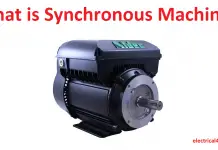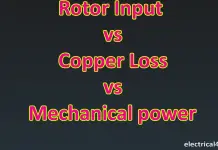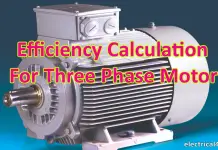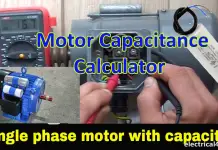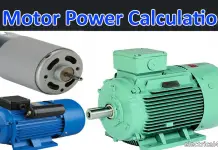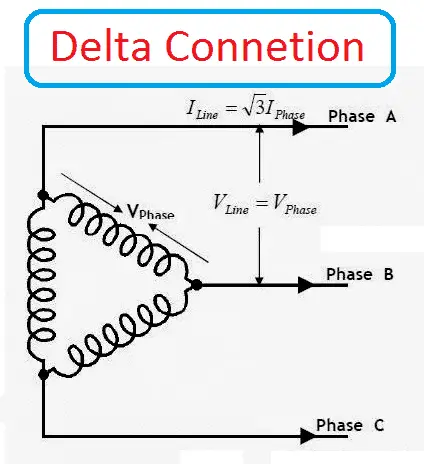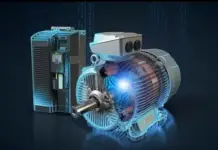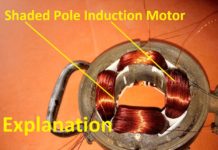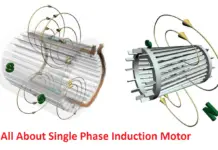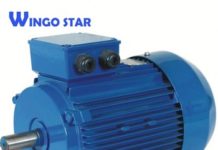Different Types of duties in motor:
- S1 duty Continues duty
- S2 duty short time duty
- S3 Intermittent duty
- S4 Intermittent periodic duty with starting
- S5 Intermittent periodic duty with starting and braking
- S6 Continues duty with periodic Intermittent duty
- S7 Continues duty with starting and braking
- S8 Continues duty with periodic speed changes
Let see
-
S1 duty motor
The s1 duty defined as the load that may be carried by the machine for an indefinite time without the temperature rise of any part exceeding the maximum permissible value. Actually the motor runs 24 X 7 without resting and the cooling accessories also must run with motor., Ex pumps, Fans etc.
-
S2 duty motor
It defined as its output at which it may be operated for a certain specified time without exceeding the maximum permissible value of the temperature rise. The period of operation is so short that the temperature rise of the motor does not reach its final steady value and period of rest is so long that the motor return to cold condition. Short times are mostly 10,30,60 and 90 minutes
-
S3 duty motor
[wp_ad_camp_4]
In this, the motor run with full load for the period of time and the remaining time the motor goes to rest position. The load periods are too short to allow the motor to reach its final steady state value while periods of reset are also too small to allow the motor cool down to the ambient temperature.
-
S4 duty motor
The motor operates (frequent on and off) continuously without giving rest. It is consisting of a sequence of identical duty cycle each consisting of a period of starting a period of operation at constant load and a rest period, the operating and rest periods are too short to obtain thermal equilibrium during on duty. Best example for this is unloading cranes.
-
S5 Duty motor
It consists of period of starting, a period of operation at constant load, a period of braking and a rest period. The operation and rest periods are too small to maintain thermal equilibrium. Best example for this is thruster motor (which is used in crane hoist, long trolley, cross trolley).
-
S6 Duty motor
This type of duty consists of a sequence of identical duty cycles each consisting of a period of operation at constant load and period of operation at no load. The machines with excited windings have normal no load voltage excitation during the load period. The operation and no load periods are too short to attain thermal equilibrium during one cycle.
-
S7 Duty motor
S7 duty consists of a sequence of identical duty cycles each having a period of starting, a period of operation at constant load and a period of electrical braking.
-
S8 duty motor
[wp_ad_camp_4]
This type of duty consists of a sequence of identical duty cycles each consisting of a period of operation at constant load corresponding to a determined speed of rotation, followed immediately by a period of operation at another load corresponding to a different speed of operation. The operating period is too short to attain thermal equilibrium during one duty cycle there being no rest and de energized period.
Conclusion:
Here S4 duty motor can be used as S1 duty, but S1 can not be used for any other application. If you do so, which leads to motor failure.



